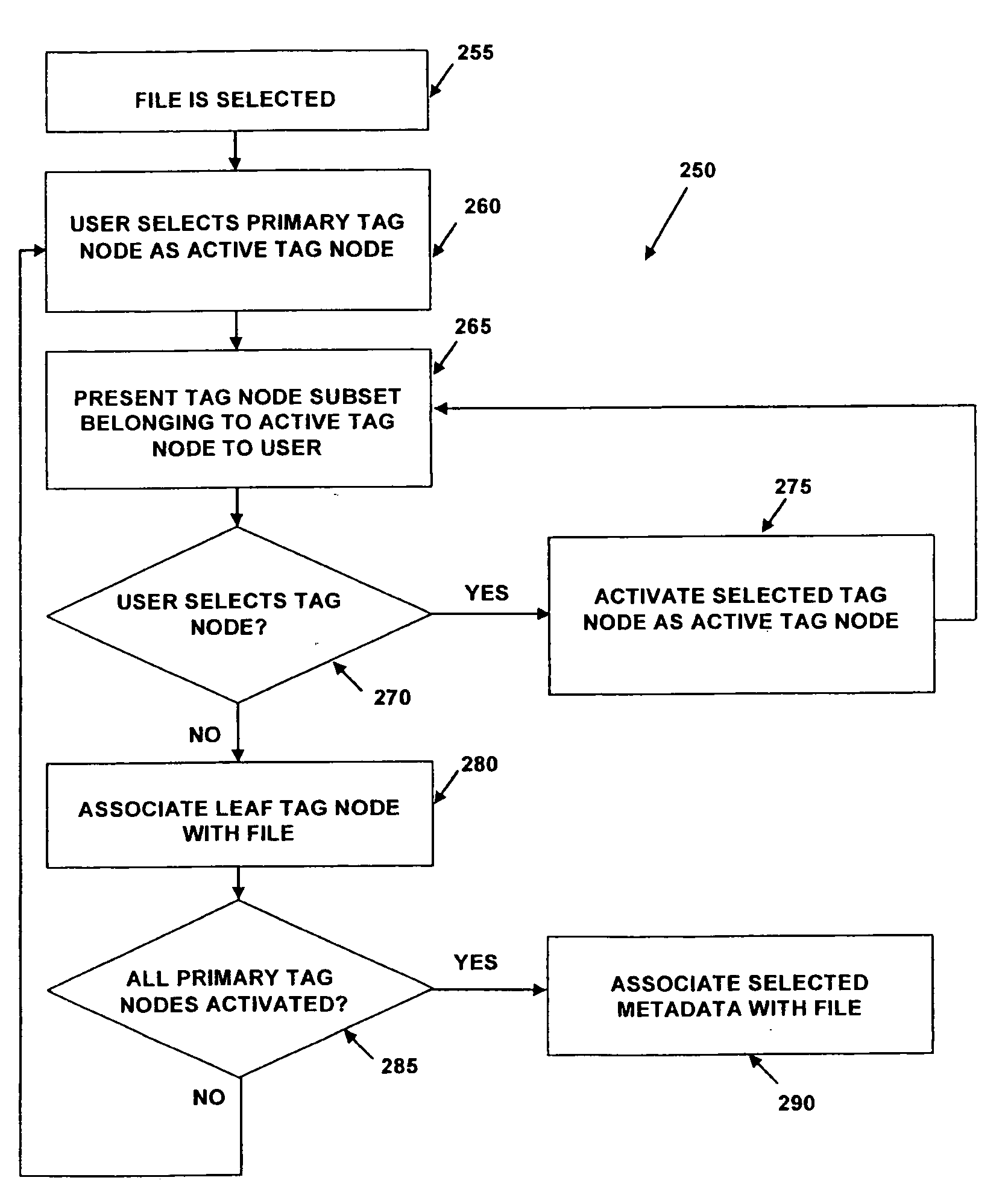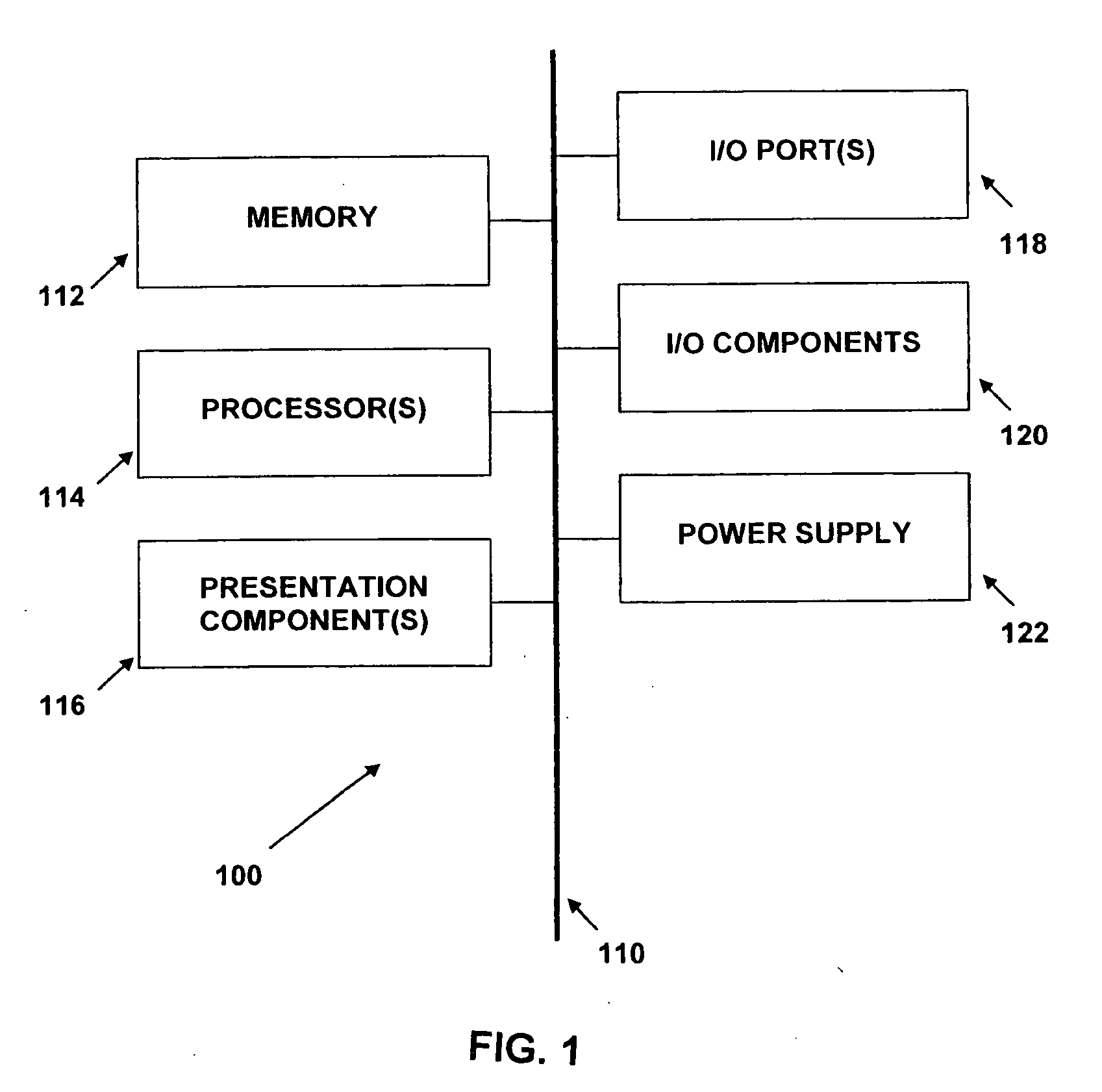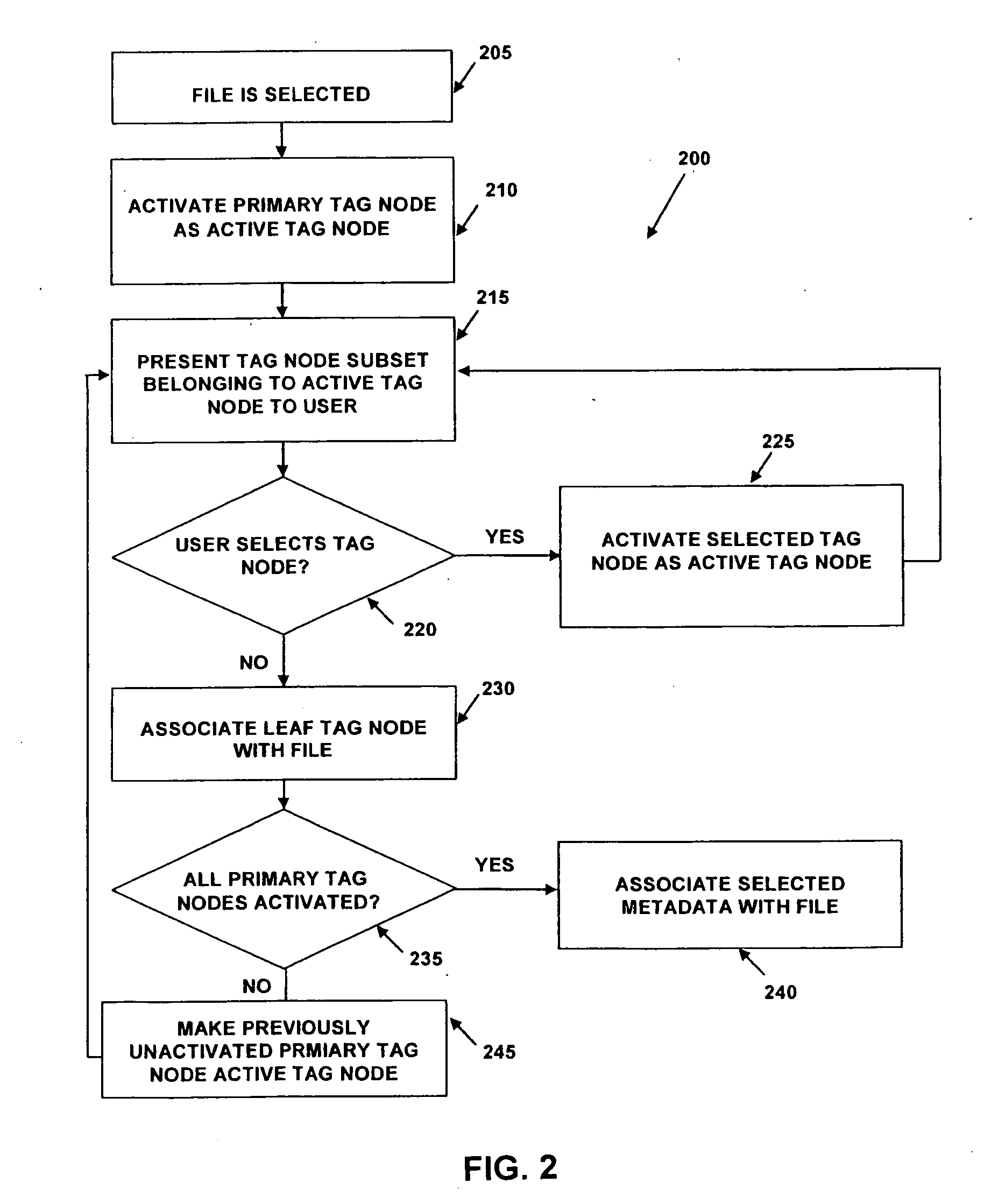Novice
computer users have access to “
giga computers” (
gigabyte storage, gigahertz power) which can overwhelm their ability to access their stored data.
Digital photos, video clips, and music files are easy and inexpensive to create, but hard to identify programatically.
Unfortunately, such search technologies lack the breadth of knowledge of the cultural and emotional significance of
subject matter that is required to identify appropriate results.
Existing search technologies do not succeed at correctly identifying contents of digital assets accurately: the search result is inaccurate, either returning far too few results, or far too many, neither of which is acceptable in most situations.
Once stored, if never accessed, the value of a digital photo or music file is limited.
Consumers who purchase digital cameras or media playback devices become dissatisfied with the technology when they realize the amount of effort required to organize the data.
Indeed, figuring out the correct subset of files to transfer to their player device is labour intensive, because there is no automated search mechanism capable of identifying the contents of digital media files.
Attempts to provide
metadata by manual means are tiring and demand not only an expert user from a mental point of view, but also a degree of endurance and physical dexterity.
Due to these difficulties, users will gather metadata determined by automated technologies, or from third parties via internet-based sources, even though the user may still have to correct the metadata for accuracy (the original tagging was incorrect) or just to suit their own metadata naming conventions.
One problem is the lack of management of discovered metadata (found embedded in files imported to the users file
library from a
third party source).
For example, when a user receives photos from someone else, existing applications do not provide a means to establish
provenance and what to do with the incoming metadata.
Adobe Photoshop Elements offers a number of features that appear to support structured tag vocabularies, but are limited in a number of ways:1. Tags may only be processed as structured tags within the
Adobe Photoshop Elements application (the tags embedded in files are not structured at all).2. Due to the problems related to item 1), the use of homoglyphs is forbidden: the same exact word or
phrase can only appear once in the entire tag hierarchy, undermining the value of structured metadata, since the parentage of the word does not qualify its meaning.3. Photoshop Elements allows one to save out one's metadata vocabulary and share it in a standards-based
XML (
eXtensible Markup Language) format file, but there is no integrated way for the originator to associate
documentation with it: there is no value added at the source.
Furthermore, other tools do not guide the user to enter keywords or labels in a way that is
usable for search.
For example, the user may be encouraged to provide a natural-language caption, but such
natural language phrases are not easily discovered by mainstream search technologies.
Keyword search integrated at the operating-
system level includes file names / path fragments as part of the
source data that is searched, which is subject to misinterpretation out of the context of the designated metadata set, so it is likely that irrelevant files will be returned in the result, therefore diluting the value of ‘keywords’.
Current metadata systems do not support multi-language ‘synonyms’ or ‘translations’.
While almost every existing
software application that bills itself as a “
digital asset manager” or “media
file manager” offers some sort of metadata entry, the scope of the metadata supported is limited to a specific set of fields.
Furthermore, considering the use of simple text keywords and description assignment, the user simply types in any word or
phrase that occurs to them and interfaces do not present a catalog of previously-used tags and phrases.
This has the problematic consequence of not providing the user with the benefit of a standardized metadata vocabulary which the user can employ consistently.
Additionally, such flat ‘keyword’ methods provide no ‘context’ for keywords.
To their
disadvantage, the only search method available to them will be a simple text search which will inevitably return false positives and fail to return appropriately limited
synonym matches.
There exist complex natural-language search engines and sophisticated search-
algorithm composition tools, but the configuration and use of them is beyond the capabilities of most non-technical users.
Novice users will not understand the potential value of the investment in learning a pre-configured metadata vocabulary.
In fact, only by learning about the vocabulary may the user discover it is inappropriate for their use, which is a 100% wasted effort.
If field values are not restricted, novice users who have not developed the insights to properly plan and establish a method of expanding and adding to the vocabulary for their own use will be subject to problems that arise with inconsistent and / or incomplete tagging.
In addition, the need to study the set of thumbnails (which are small, although resizable) and make decisions based on what is seen, in order to determine which photos to include in the selection, also is a burden on the user, and it is possible that this will cause eye strain.
Thumbnail inspection is error prone and unforgiving, since neglecting to select an image before applying a certain keyword will result in the need to select it later and perform again the steps needed to apply that keyword.
One additional problem with this approach is that it is difficult for the user to detect whether the focus is sharp and the
exposure is correct on an image by looking at a
thumbnail, since the details are compressed when a
thumbnail image is created.
Mousing over each item to get a larger view also is
time consuming, and is difficult to do diligently.
Finally, the need to create multiple selections over and over to tag one set of photos is inefficient, as the same thumbnails will have to be examined again and again, for instance, to determine if certain people are present in the image.
In summary, present methods and applications for applying metadata tags to digital media and other files suffer from numerous technical problems and deficiencies that prevent their widespread among the broader user
community.
 Login to View More
Login to View More  Login to View More
Login to View More 


